---
# Open Source Software and Future Challenges
###### Maria Alandes Pradillo, CERN IT Department
##### Honours Programme Delft - July 2019
---
# Overview
* Open Source Software (or better FOSS)
* Open Source at CERN
* The MALT Project
* MS Project MALT Experience
* What´s next?
---
# Open Source Software
---
### What is Open Source Software?

Computer software in which source code is released under a license in which the copyright holder grants users the rights to study, change, and distribute the software to anyone and for any purpose
---
### Open Source Initiative and Free Software Foundation definitions
 
Let's call it Free and Open Source Software (FOSS)
---
### FOSS vs Propietary


---
### A bit of History ...

---
### Examples of FOSS and Proprietary Software

---
### FOSS Advantages

* Increases software quality (peer-reviewed)
* Reduces development and maintenance costs for the individual users
* Avoids vendor lock-in
* Facilitates rapid evolution of the software
* Encourages reuse of software
* Develops lucrative consulting, training and support services offering
---
### FOSS Business
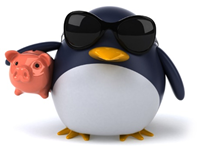
* Support Services
* Custom Development
* Dual License
* Proprietary Plugin
* SaaS Model
* Advertising
* Donations
* Public funding
* Subscription
---
### FOSS as a Strategy

---
### FOSS in the Enterprise

<font size="4">Source: https://www.redhat.com/en/enterprise-open-source-report/2019</font>
---
### FOSS Deals

---
# Open Source at CERN
---
#### First CERN FOSS License

* 30 April 1993: CERN releases first version of the WWW Software in the "Public Domain"
* 15th November 1994: CERN releases version 3 of the WWW Software under CERN Open source license.
* July 1995: MIT releases version 3.1 of the WWW software under MIT Open source license.
<font size="4">Source: https://home.cern/science/computing/birth-web/licensing-web</font>
---
### Licenses for FOSS developed at CERN

* Default License is a copyleft licence:
* GNU General Public License version 3
* In some cases:
* GNU Lesser General Public License version 3
* Apache License version 2.0
---
### FOSS at CERN

---
### How much FOSS at CERN?
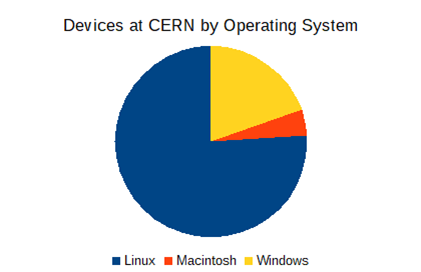
* Difficult to calculate!
* Not all SW in Windows and MAC machines at CERN is Propietary (but probably most of it is!)
* Not all SW in Linux machines at CERN is FOSS (but probably most of it is!)
---
### Not only Software

---
# The MALT Project
---
### MALT Project's Objectives

* Mitigate anticipated software license fee increases
* Investigate the migration from commercial software products towards other solutions
* with special focus on evaluating FOSS alternatives
* Minimise CERN’s exposure to the risks of unsustainable commercial conditions
---
### The Challenge to Introduce Change

* Deliver the same service to every category of CERN personnel
* Avoid vendor lock-in to decrease risk and dependency
* Keep hands on the data
* Address the common use-cases
---
### The Challenge to Deal with Diversity

* Large international and multicultural workforce
* Different working cultures
* Different manpower and timing constraints
* Different needs and level of expertise
* Different desktop platforms: Linux, Windows and Mac
---
# MS Project MALT Experience
---
### Evaluation
 
* Survey Sent to 1519 users (Not only MS Project users!)
* 303 replies
* Confidence level: 95 %
* Margin of error: 5
---
### Strategy
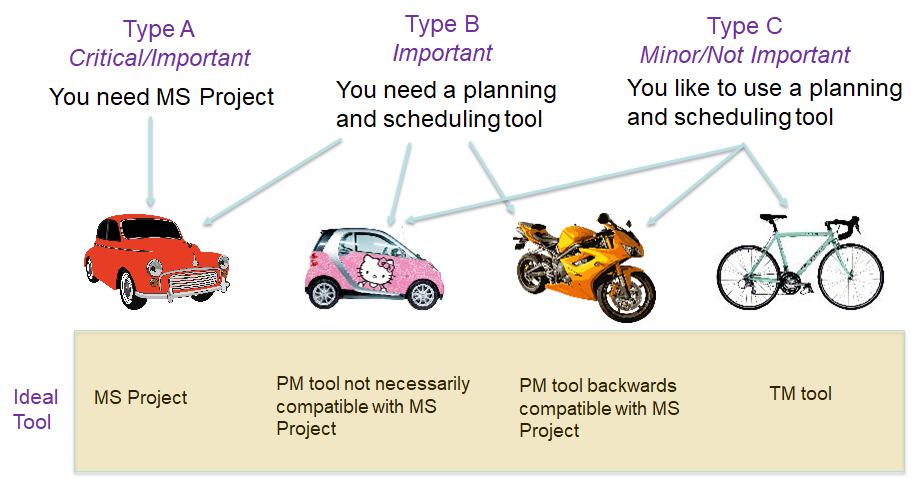
---
### Alternatives
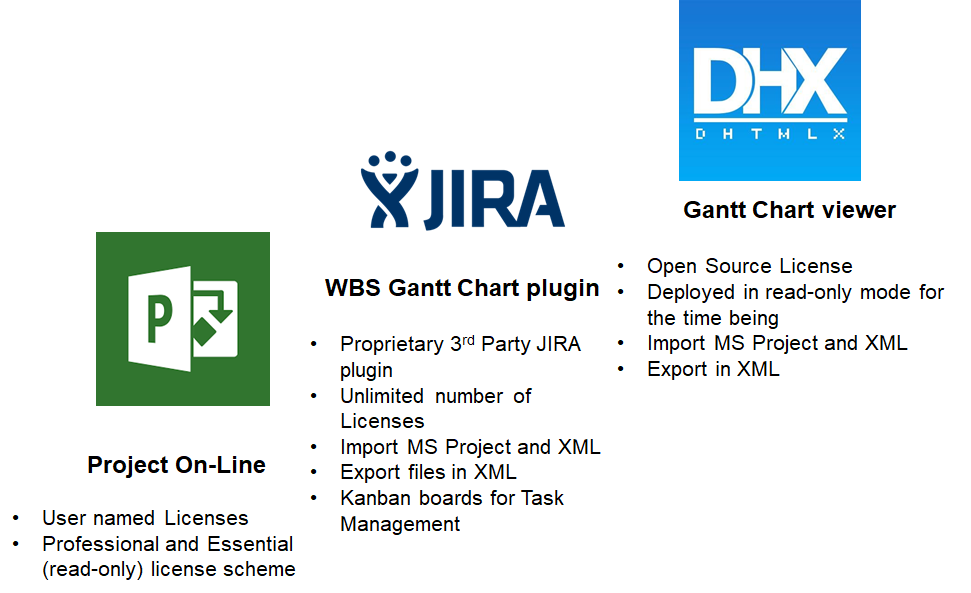
All alternatives allow for collaboration in a multiplatform environment
---
# What's next?
---
### Next Steps for MALT

* Continue evaluations of alternative solutions
* * Core services
* * Other applications
* Launch Mail Service Pilot
* Launch Softphone Telephony Pilot
---
### General Data Protection Regulation

* Rules about how personal data can be stored, what it can be used for, who can see it and how long it can be kept
* Advantages of deploying open source software
* More control of data
* Full understanding of data manipulation in the system
* Ability to adapt a system to comply with data privacy policies
---
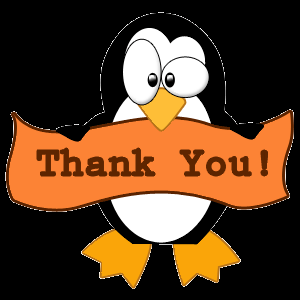
---
## Some definitions...
<font size="4">
<ul>
<li><b>Copyright</b>: is a law that gives the owner of a work (like a book, movie, picture, song or website) the right to say how other people can use it.</li>
<li><b>Software License</b>: is a law that says how to use and redistribute software.</li>
<li><b>Copyright license</b>: is simply a declaration of permissions on something that otherwise would be disallowed by default under copyright law.</li>
<li><b>Copyleft</b>: is a license that allows derivative works but requires them to use the same license as the original work. This is to avoid open source software appropriation.</li>
<li><b>Permissive open source license</b>: non-copyleft license. A license that guarantees the freedoms to use, modify, and redistribute, but that permits proprietary derivative works.</li>
<li><b>"Public domain"</b>: is a technical term in copyright law that refers to works not under copyright.</li>
<li><b>Contributor License Agreement (CLA)</b>: the original contributor retains copyright ownership of their contributions, but grants the project a broad set of rights such that the project can incorporate and distribute the contributions as it needs to.</li>
<li><b>Copyright Assignment Agreement (CAA)</b>: the contributor actually transfers copyright ownership of the contributions to the project, who can then license it however they want since they own it (but a CAA typically grants very broad non-exclusive rights back to the contributor so that they too can use, distribute, sublicense etc their contribution freely).</li>
<li><b>End User License Agreement (EULA)</b>: </li> Legal contract between the manufacturer and/or the author and the end user of an application.
</ul></font>
---